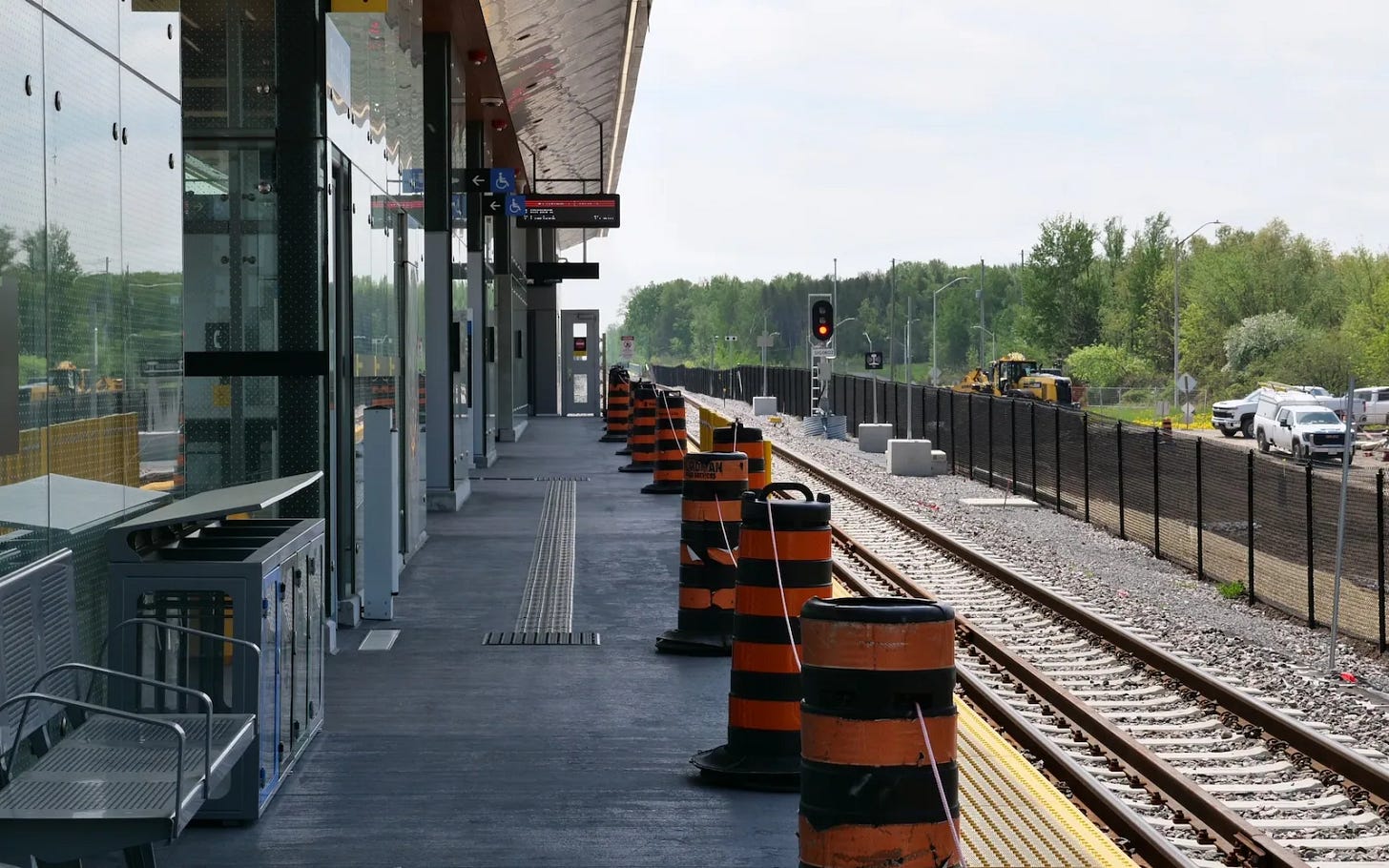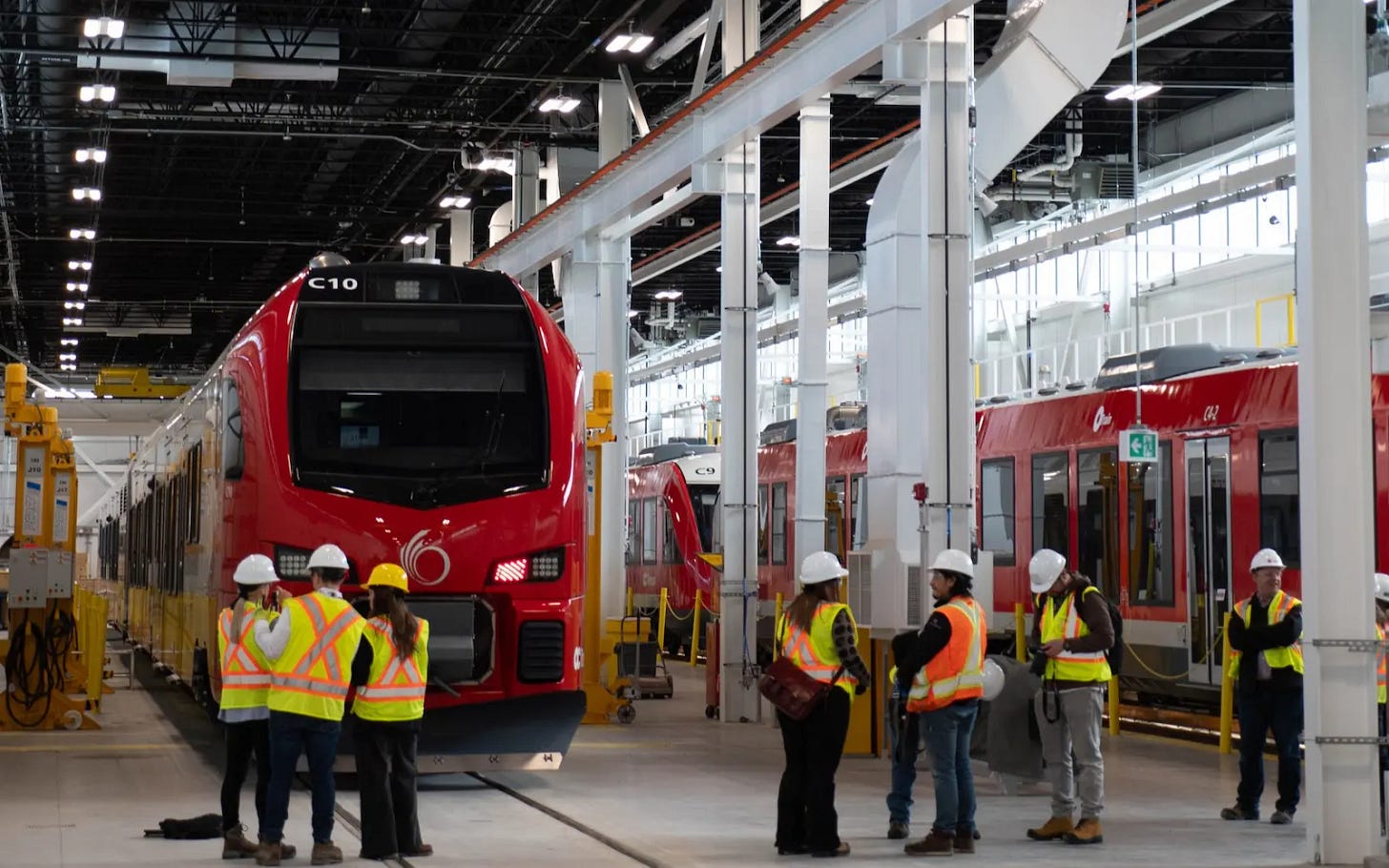Delivery Doesn’t End at the Ribbon Cutting
Approvals and ribbon cuttings make headlines, but the real test of delivery is what comes after: the ability to run, staff, and sustain services for decades.
The creation of the Major Projects Office shows Ottawa wants to get serious about delivery. But delivery doesn’t stop at approvals or ribbon cuttings. The real test comes after opening day: when services must run, be staffed, and stay reliable for decades.
The Blind Spot: Operations
When projects are approved, we talk about them in capital costs: what it costs to build them.
Except we often choose to ignore the operational costs behind them. Journalists sometimes cite operating costs to inflate project totals, but we rarely ask the real question: how much does it cost to reliably and efficiently deliver service?
Most government funding is allocated to capital, while operations are left to agencies and municipalities. The rationale is that capital is the major barrier to delivery, so it’s in the interest of senior governments to cover it. But operations are left to agencies and municipalities, exposed to politics, and dependent on long-term commitments that inevitably grow in scale and cost.
That’s why we end up with new lines, new hospitals, new campuses, but shaky service behind them.

The Goalpost Problem
Agencies and institutions plan on three- to five-year horizons. They design service levels, staffing strategies, and new initiatives responsibly. But funding is the victim of politics: decided year by year, sometimes cut midstream.
The problem shows up everywhere.
In Quebec, the ARTM’s long-term service plans are undermined by annual stop-gap commitments. The province stepped in with short-term relief during COVID, but it didn’t solve the structural mismatch. Ontario’s gas-tax program is useful funding, but still renewed annually, never guaranteed, and not aligned with inflation.
The Canadian Urban Transit Association, the national voice for transit systems, governments, suppliers, and mobility experts, has warned repeatedly that this gap between plans and funding leaves systems under strain. Too often, we treat those systems as luxuries instead of the civic fabric they truly are. Whether or not we use them individually, they are core to how our communities function.
The pattern also shows up in accessibility. Universities, hospitals, and transit agencies commit to multi-year accessibility upgrades, but without sustained operating dollars, progress stalls before it reaches the people who need it. The same pattern extends to broader public institutions: strategies written years ahead, but grants revised one year at a time. Operational funding rarely follows population growth or the social benefits these services provide.
Too often, it falls victim to short-term political ‘slash and burn,’ treated as an easy, hidden cut.
Moving Beyond Capital Thinking
While those examples are worrying, the good news is that we know what can work. Across Canada, there are models that prove stability is possible when institutions are properly supported.
BC Transit uses a cost-sharing formula between municipalities and the province, tied to service plans. It isn’t perfect, but it shields operations from the worst of year-to-year politics.
The Canada Health Transfer now includes a five-year guarantee of annual growth. It shows Ottawa can lock in predictable operating funding when it chooses to.
The Safe Restart Agreement during COVID demonstrated that the federal government can step in quickly to stabilize operations when services are at risk.
None of these models are perfect, but together they show a path forward. The lesson is clear: stability isn’t impossible, we just haven’t chosen it as a priority. We already started doing this for asset renewal. The Canada Public Transit Fund (CPTF) provides capital dollars to keep existing systems in shape and expand them to meet demand. Imagine if we applied the same logic to operations.
Towards Stewardship
If the Major Projects Office is about accelerating approvals and building faster, Canada now needs its twin: a framework to sustain operations.
Tie every capital announcement to a multi-year operating plan.
Align funding horizons with the three- to five-year cycles agencies are actually expected to develop and use. This reduces the sway of the political cycle and recognizes that long-term delivery depends on predictability.
Treat reliability and stewardship as civic achievements, celebrated as much as ribbon cuttings.
Measure what matters: track performance, reliability, and inclusiveness to prove we’re delivering on the outcomes communities expect.
Delivery doesn’t end at the ribbon. It begins there for everyone else.
Operational Funding is as Important as Capital
Capital is half the job. The other half is operations: the ability to sustain, staff, and adapt services once they’re built.
The MPO shows Ottawa wants to get serious about delivery. Canada’s real test isn’t whether we can build more projects: It’s whether we can sustain them, year after year, decade after decade.
That’s how you keep promises and how you build trust. That’s how you deliver.


